Sonus Paradisi
St. Maximin, 1775 [Hauptwerk]
St. Maximin, 1775 [Hauptwerk]
No se pudo cargar la disponibilidad de retiro
Jean Esprit Isnard organ (1775) - St. Maximin, Provence
Basilique Sainte-Marie-Madeleine
The town of Saint Maximin was the centre of early Christianity in Provence and, more broadly, in France. The basilica itself is said to be the tallest in Provence at 33 meters, and it houses many treasures and pieces of art that attest to its history. Among these is the the large and magnificent "double sixteen feet" organ built by friar Jean-Esprit Isnard and his nephew Joseph in 1772-1775. It is one of very few French historical organs that miraculously survived the French revolution. Legend says that when the revolutionaries came to the basilica to destroy its furniture including the organ, the organist of that time, Mr. Forcade, played the revolutionary song "Marseillaise" in front of the revolutionary authorities. It saved the organ from demolition. However, the Dominicans were expelled and the place lost its importance for some time due to the secularisation of the French republic. However, being "just another organ" in a small countryside village during the 19th century, it was fortunately saved from all the modernising tendencies of that time.
As the result, this organ remains one of the few large French instruments in which the original material made by Isnard is preserved in its entirety: 2960 pipes, except that the original wooden pipes (the bass octaves of the bourdons) are used for display only, since they were replaced with metal bourdon pipes during the last reconstruction.
Presented to you by Leonart Studio, your authorised reseller for Sonus Paradisi in Switzerland (shipped internationally). Get your digitally sampled historical organs for the use with the Hauptwerk virtual instrument software.
Share this Sample Set
![St. Maximin, 1775 [Hauptwerk]](http://artful.shop/cdn/shop/files/ss_maximin1.jpg?v=1692902597&width=1445)
![St. Maximin, 1775 [Hauptwerk]](http://artful.shop/cdn/shop/files/ss_maximin2.jpg?v=1692902596&width=1445)
![St. Maximin, 1775 [Hauptwerk]](http://artful.shop/cdn/shop/files/ss_maximin3.jpg?v=1692902597&width=1445)
![St. Maximin, 1775 [Hauptwerk]](http://artful.shop/cdn/shop/files/ss_maximin4.jpg?v=1692902598&width=1445)
![St. Maximin, 1775 [Hauptwerk]](http://artful.shop/cdn/shop/files/ss_maximin5.jpg?v=1692902597&width=1445)
![St. Maximin, 1775 [Hauptwerk]](http://artful.shop/cdn/shop/files/ss_maximin11.jpg?v=1692902597&width=1445)
Specification (stop list)
-
Manual I
Positif
Montre 8'
Bourdon 8'
Flute 4'-8'
Prestant 4'
Doublette 2'
Quarte de Nasard 2'
Nasard 2 2/3'
Tierce 1 3/5'
L'Arigot 1 1/3'
Dessus de Cornet V
Fourniture III
Cymbale III
Trompette 8'
Cromorne 8'
Clairon 4'
Tremblant doux -
Manual II
Grand Orgue
Montre 16'
Bourdon 16'
Montre 8'
Bourdon 8'
Prestant 4'
Grand Nasard 5 1/3'
Grande Tierce 3 1/5'
Dessus de Cornet V
Grande Fourniture II
Petite Fourniture IV
Cymbale IV
Trompete 8'
Dessus de Trompete 8' (en chamade)
Voix humaine 8'
Clairon 4'
Tremblant fort -
Manual III
Raisonnance
Flute 16'
Flute 8'
Flute 4'
Bombarde 16'
1ere Trompette 8'
2e Trompette 8'
Clairon 4'
Descant only stops:
Dessus de Flute 8'
Dessus de Trompete 8' (en chamade)
Dessus de Cornet V
Tremblant fort -
Manual IV
Récit
Cornet V
Trompette 8'
Hautbois 8'
Tremblant fort -
Pedal
Pédale (hard coupled to Raisonnance)
Flute 16'
Flute 8'
Flute 4'
Bombarde 16'
1ere Trompette 8'
2e Trompette 8'
Clairon 4'
(all the stops borrowed from the Raisonnance) -
Other specification
The Ist, IInd, and III.rd manuals may be upwards-coupled together by dragging the keyboard one over another.
There is a much larger extension ODF with additional stops and couplers. Visit the manufacturer's website to see the extended version.
History
Jean Esprit Isnard organ (1775) - St. Maximin, Provence
Basilique Sainte-Marie-Madeleine
The town of Saint Maximin was the centre of early Christianity in Provence and, more broadly, in France. The monumental royal basilica was raised by Charles II d'Anjou to the honor and glory of Mary Magdalene. According to ancient and venerable tradition this lady, well known from the Gospels, came to Provence to preach the Good News, obeying the Jesus' command "Go forth and preach the Gospel to all nations...". After many fruitful years, she died and was buried where the basilica stands today - at the place where Saint Maximin, the first bishop of Aix-en-Provence raised an oratory. After the holy reliquiae of St. Mary Magdalene were found in 1279, the present basilica and the adjacent Dominican convent were constructed in 1295-1296. Her tomb became a place of pilgrimage, and the reliquary with the scull of St. Mary Magdalene can still be venerated in the crypt of the basilica today.
The basilica itself is said to be the tallest in Provence at 33 meters, and it houses many treasures and pieces of art that attest to its history. Among these is the the large and magnificent "double sixteen feet" organ built by friar Jean-Esprit Isnard and his nephew Joseph in 1772-1775. The organ is located in the western gallery above the main entrance. It is one of very few French historical organs that miraculously survived the French revolution. Legend says that when the revolutionaries came to the basilica to destroy its furniture including the organ, the organist of that time, Mr. Forcade, played the revolutionary song "Marseillaise" in front of the revolutionary authorities. It saved the organ from demolition. However, the Dominicans were expelled and the place lost its importance for some time due to the secularisation of the French republic. However, being "just another organ" in a small countryside village during the 19th century, it was fortunately saved from all the modernising tendencies of that time.
As the result, this organ remains one of the few large French instruments in which the original material made by Isnard is preserved in its entirety: 2960 pipes, except that the original wooden pipes (the bass octaves of the bourdons) are used for display only, since they were replaced with metal bourdon pipes during the last reconstruction.
The last overhaul of the organ was done in 1986-1991 by M. Yves Chabourdin.
We owe deep gratitude to the authorities concerned with the St. Maximin organ: Mr. Gabriel Rinaudo, Madame Véronique Guérin, Mr. Pierre Bardon, former titulaire de l'orgue, Mr. Bridonneau, Jean-Jacques Le Coz and Francois Blonay.
Further reading:
Les Grandes Orgues. Basilique Sainte-Marie-Madeleine Saint-Maximin-La-Sainte-Baume. Edisud: Aix-en-Provence, 2000.
Michel Moncault: The Basilica Saint Mary-Magdalene and the Royal Convent. Edisud: Aix-en-Provence, 2003.
J. R. Cain - R. Martin - J. M. Sanchez: Les Isnard. Une révolution dans la facture d'orgues. Edisud: Aix-en-Provence, 1991.
Registration tips for the French baroque music by Patrique Larhant.
Features
4-manual French classical instrument. Composition: Grand Orgue, Positif, Récit, Raisonnance, Pedal.
The Raisonnance division is used as a complement to the Grand Orgue. It provides it with the Bombard division (Bombarde 16', 2 Trumpets 8', Clairon 4') and Flutes (16', 8', 4'). These stops are also shared to the pedal division. In addition, solo stops are present on the Raisonnance as a kind of a second Récit: Trumpet en chamade, Flute and Cornet.
The instrument offers unusual number of reed stops. There are 14 reed stops out of 43!
This organ has unusual voicing where a kind of complementarity can be observed. The reed stops have a common feature of being weak towards the top of the compass. This is a natural phenomenon. To complement this, the flue stops are attenuated towards the bottom while they are brilliant at the top of the compass, so a kind of ballance with reeds is achieved. Nevertheless, the organ would benefit from a revision of the voicing of many flue pipes. A number of pipes had to be digitally corrected.
Virtual Console (Hauptwerk)
Hauptwerk v.4.2 and newer versions supported (incl. HW5, 6 and further versions).
The samples 24 bit depth and 48 kHz resolution.
Reverberation up to 7 seconds.
The virtual console fits into 1280 x 1024 px screen resolution. Split stop jambs available in horizontal and vertical orientation.
Temperament chart provided featuring the proprietary St. Maximin tuning (5th comma mean tone modified).
14 generals (combination) pistons added to facilitate user registration.
Surround mixer available, including the pipe coupling, pipe detune and fine mixture tuning features. Test the demo version to hear the features in action.
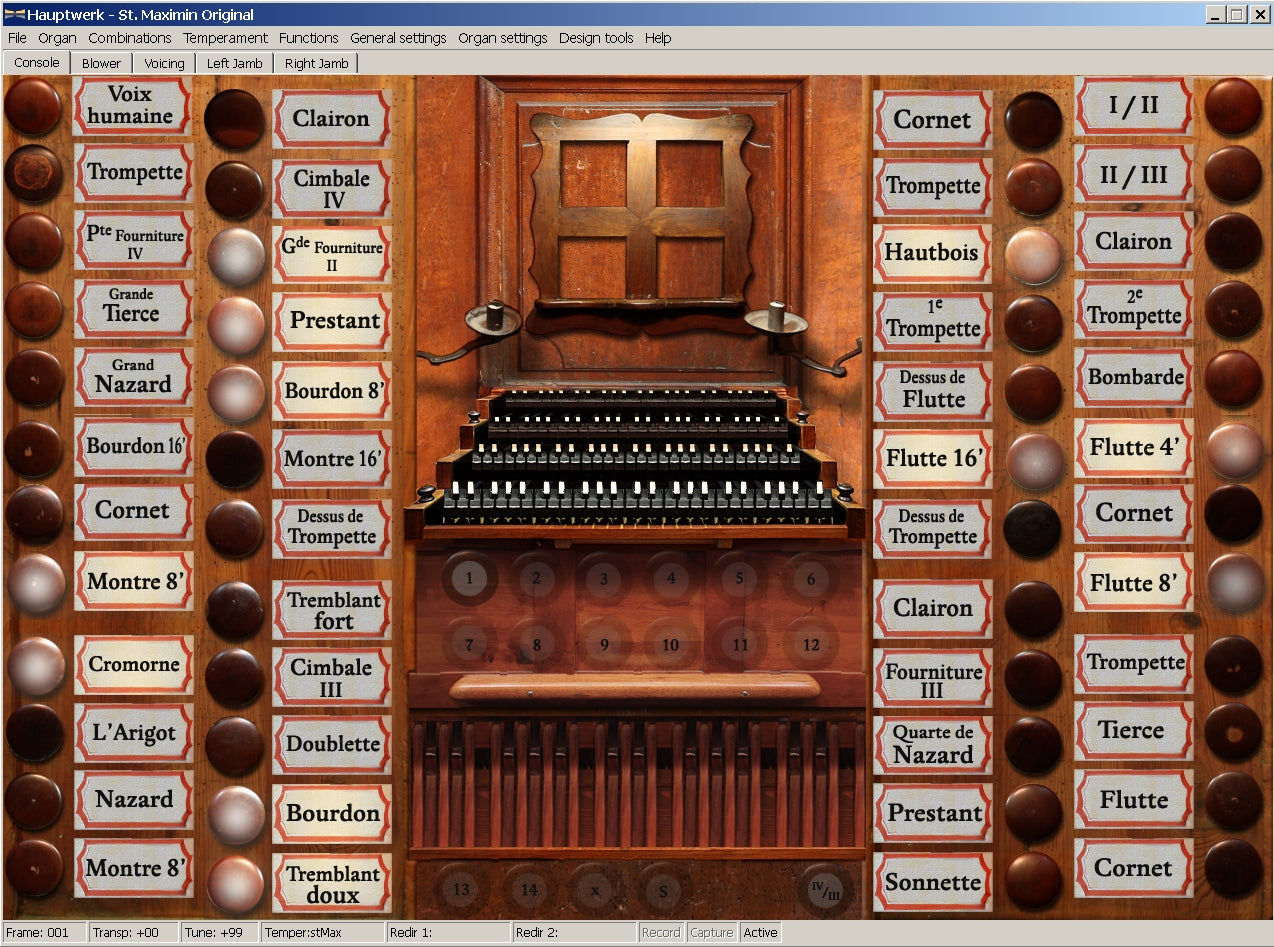
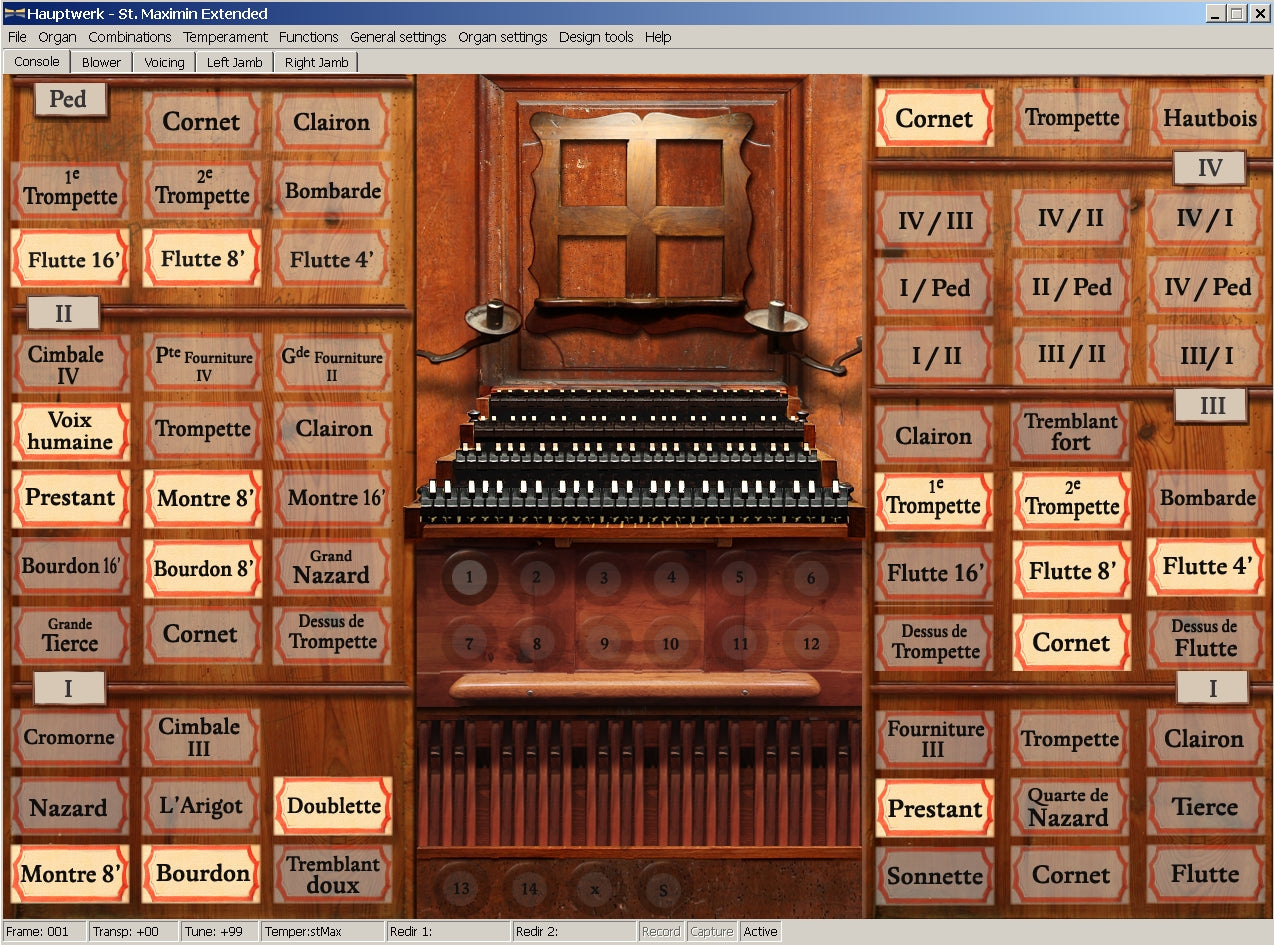
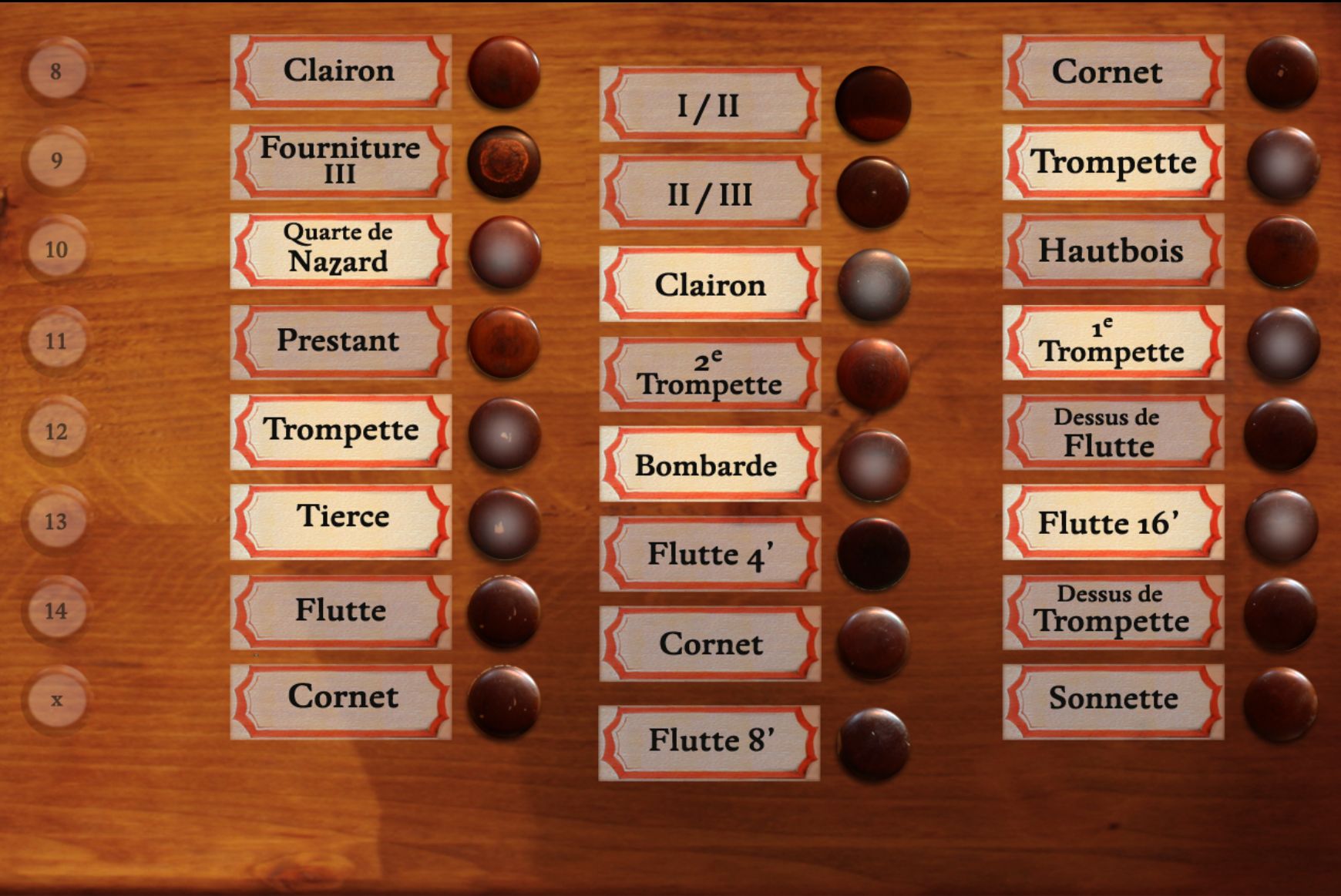
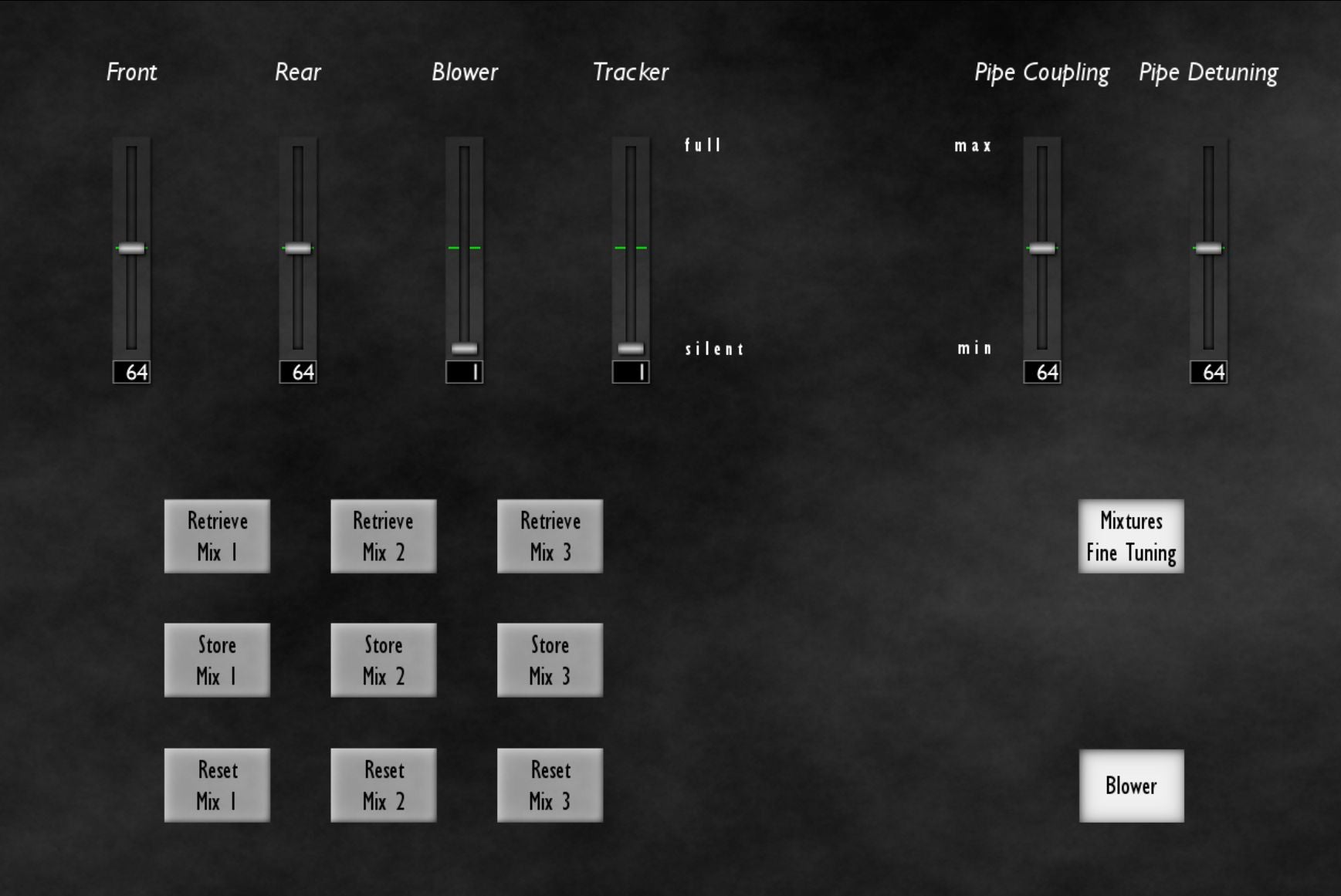
Requirements
Hauptwerk v.4.2 and newer versions supported (incl. HW5, 6 and further versions).
The samples 24 bit depth and 48 kHz resolution.
Reverberation up to 7 seconds.
The virtual console fits into 1280 x 1024 px screen resolution.
RAM consumption:
Original version, fully loaded in surround, 16-bit: 9.7 GB
Original version, loaded fully in wet only, 16-bit: 5.1 GB
Extended version, fully loaded in surround, 16-bit: 12.2 GB
Extended version, fully loaded in wet only, 16-bit: 5.8 GB
This Hauptwerk Sample Set is presented to you by Leonart Studio, an authorised reseller for the manufacturer Sonus Paradisi in Switzerland (shipping internationally). Enjoy this digitally sampled organ library for the use with Hauptwerk software and start expanding your historical organ collection today.
More Hauptwerk Sample Sets
-
Casavant, 1995 [Hauptwerk]
Proveedor:Sonus ParadisiPrecio habitual CHF 174.90Precio habitualPrecio unitario / por -
Reuter, 1928 [Hauptwerk]
Proveedor:Sonus ParadisiPrecio habitual CHF 473.00Precio habitualPrecio unitario / por -
Rotterdam Hoofdorgel, 1973 [Hauptwerk]
Proveedor:Sonus ParadisiPrecio habitual A partir de CHF 330.00Precio habitualPrecio unitario / porCHF 958.10Precio de oferta A partir de CHF 330.00Oferta -
Groningen, 1450-1740 [Hauptwerk]
Proveedor:Sonus ParadisiPrecio habitual A partir de CHF 658.90Precio habitualPrecio unitario / porCHF 1,681.90Precio de oferta A partir de CHF 658.90Oferta -
Goerlitz, 2006 [Hauptwerk]
Proveedor:Sonus ParadisiPrecio habitual A partir de CHF 328.90Precio habitualPrecio unitario / por -
Bückeburg, 1997 [Hauptwerk]
Proveedor:Sonus ParadisiPrecio habitual A partir de CHF 1.10Precio habitualPrecio unitario / por -
Brasov, 1839 [Hauptwerk]
Proveedor:Sonus ParadisiPrecio habitual CHF 418.00Precio habitualPrecio unitario / por -
St. Omer, 1717-1855 [Hauptwerk]
Proveedor:Sonus ParadisiPrecio habitual CHF 323.40Precio habitualPrecio unitario / porCHF 410.96Precio de oferta CHF 323.40Oferta -
Stellwagen organ, St. Marien, Stralsund (1659)
Proveedor:Sonus ParadisiPrecio habitual CHF 858.00Precio habitualPrecio unitario / por -
![Clavichord Model [Hauptwerk]](//artful.shop/cdn/shop/files/ss_clavichord.jpg?v=1724310155&width=533) Agotado
AgotadoClavichord Model [Hauptwerk]
Proveedor:Sonus ParadisiPrecio habitual CHF 33.00Precio habitualPrecio unitario / por

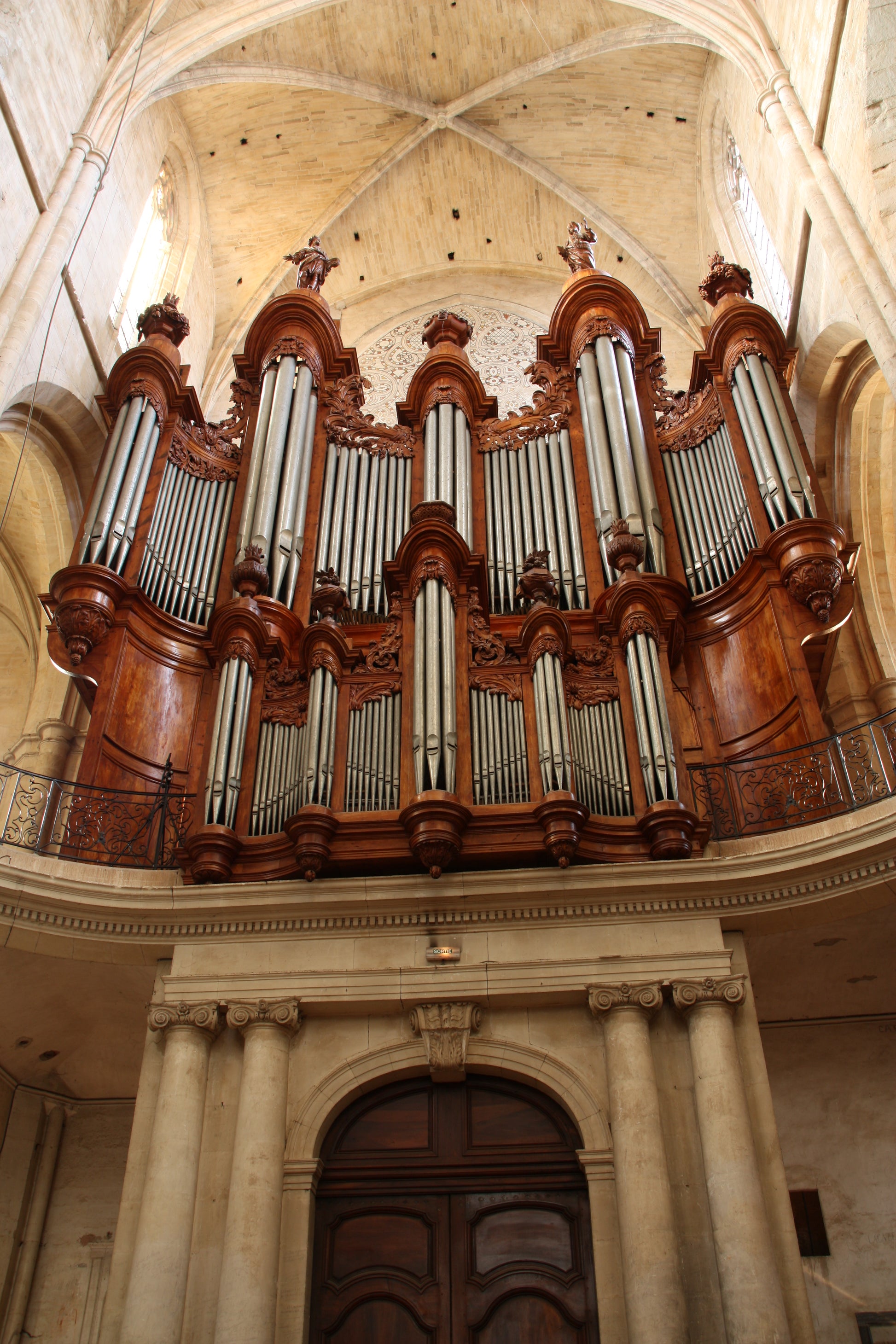
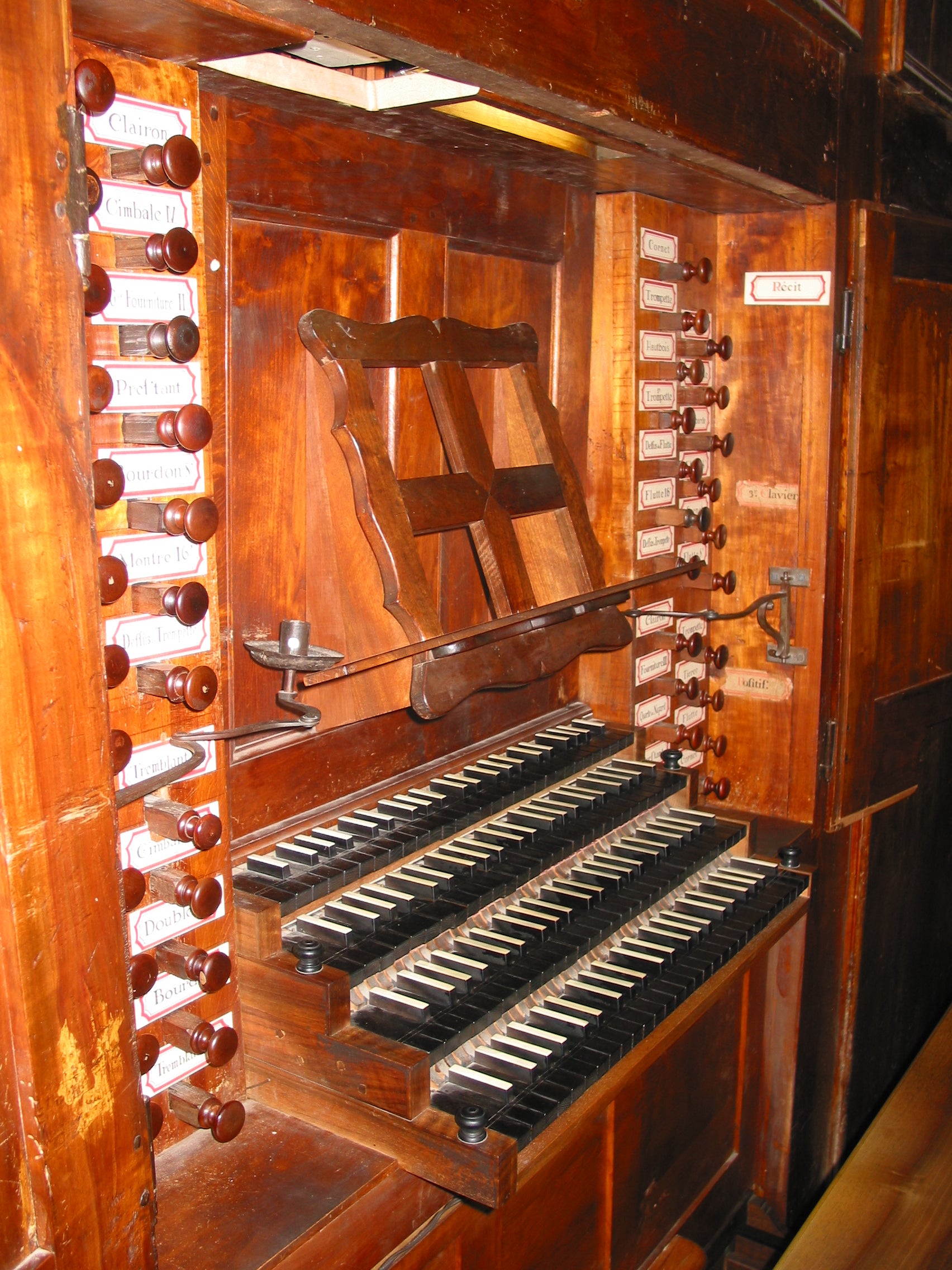
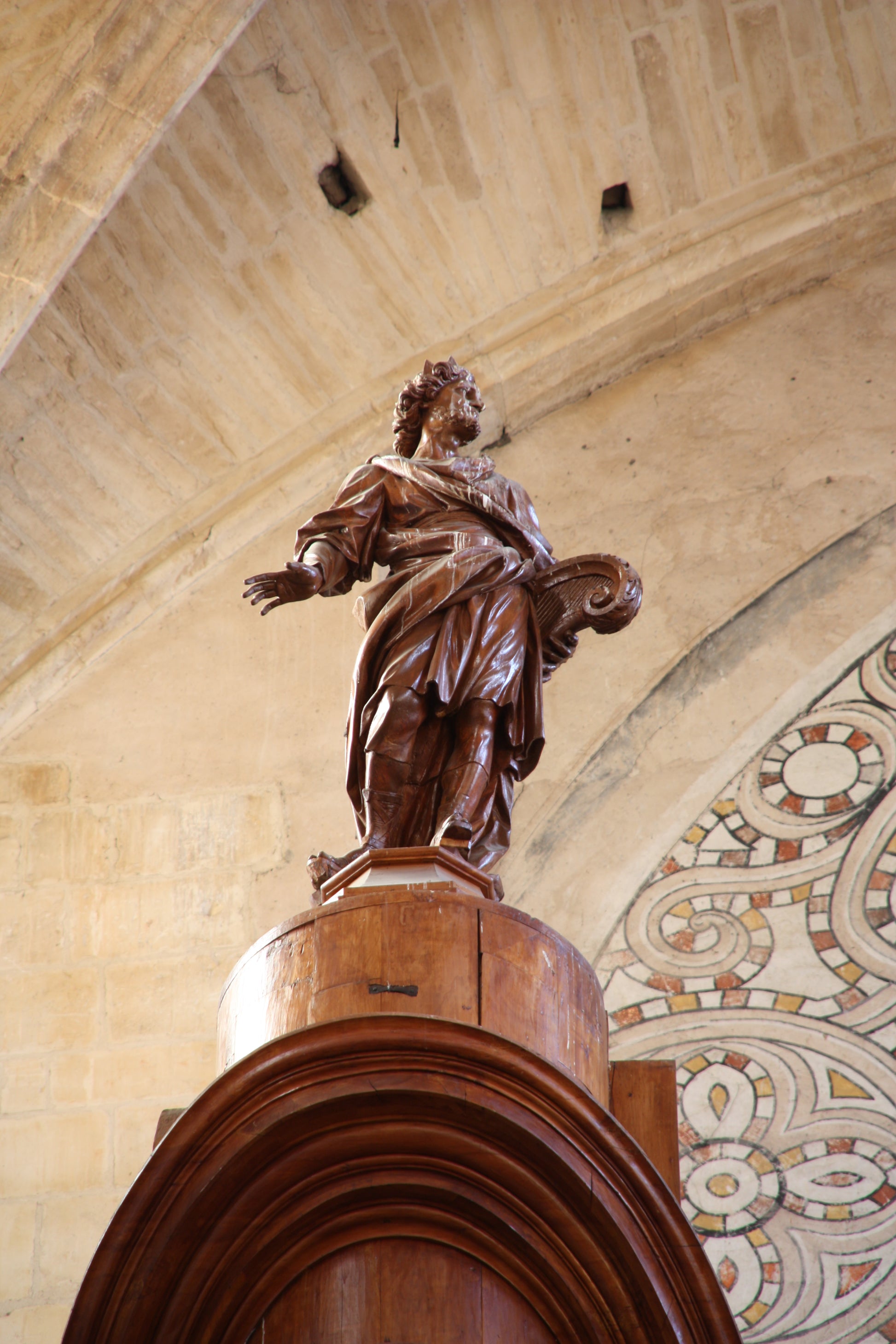

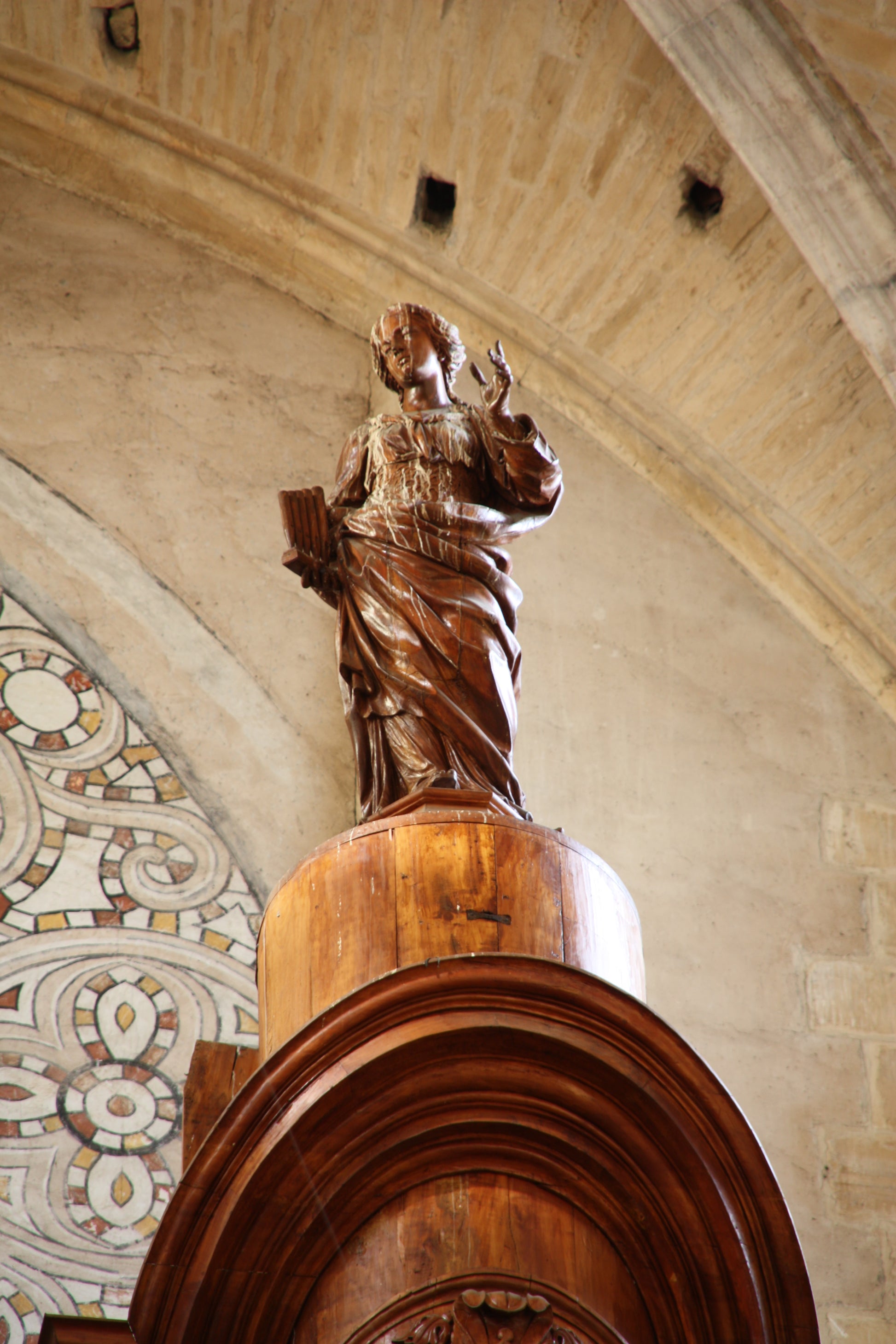
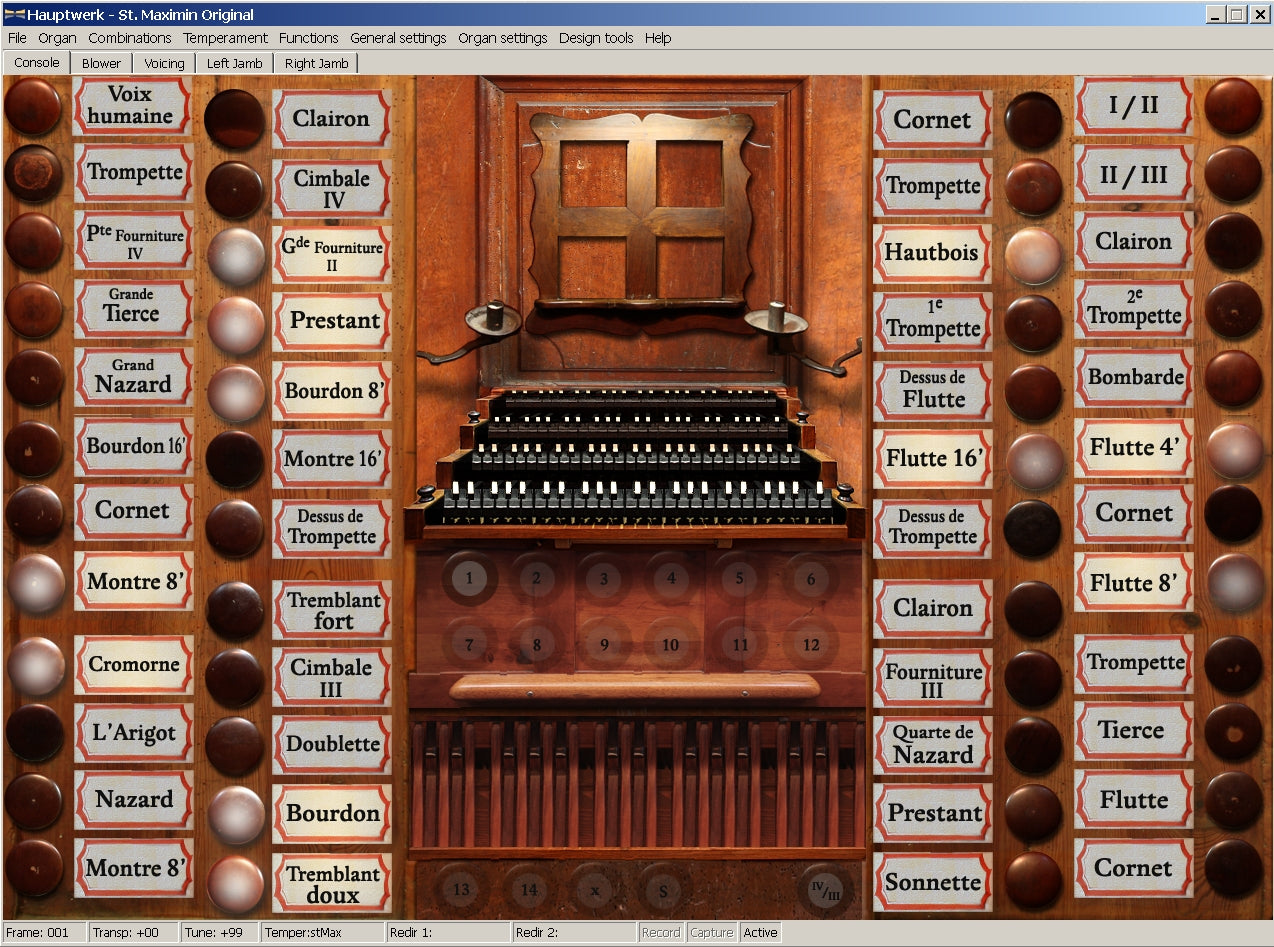
![Casavant, 1995 [Hauptwerk]](http://artful.shop/cdn/shop/files/ss_casavant1.jpg?v=1693319885&width=533)
![Reuter, 1928 [Hauptwerk]](http://artful.shop/cdn/shop/files/ss_Reuter1.jpg?v=1693321024&width=533)
![Rotterdam Hoofdorgel, 1973 [Hauptwerk]](http://artful.shop/cdn/shop/files/ss_RotterdamMain1.jpg?v=1693279529&width=533)
![Groningen, 1450-1740 [Hauptwerk]](http://artful.shop/cdn/shop/files/ss_Groningen1.jpg?v=1693275425&width=533)
![Goerlitz, 2006 [Hauptwerk]](http://artful.shop/cdn/shop/files/ss_goerlitz1.jpg?v=1692995837&width=533)
![Bückeburg, 1997 [Hauptwerk]](http://artful.shop/cdn/shop/files/ss_bueckeburg1.jpg?v=1692967628&width=533)
![Brasov, 1839 [Hauptwerk]](http://artful.shop/cdn/shop/files/ss_brasov1.jpg?v=1692967057&width=533)
![St. Omer, 1717-1855 [Hauptwerk]](http://artful.shop/cdn/shop/files/ss_omer1.jpg?v=1692904128&width=533)
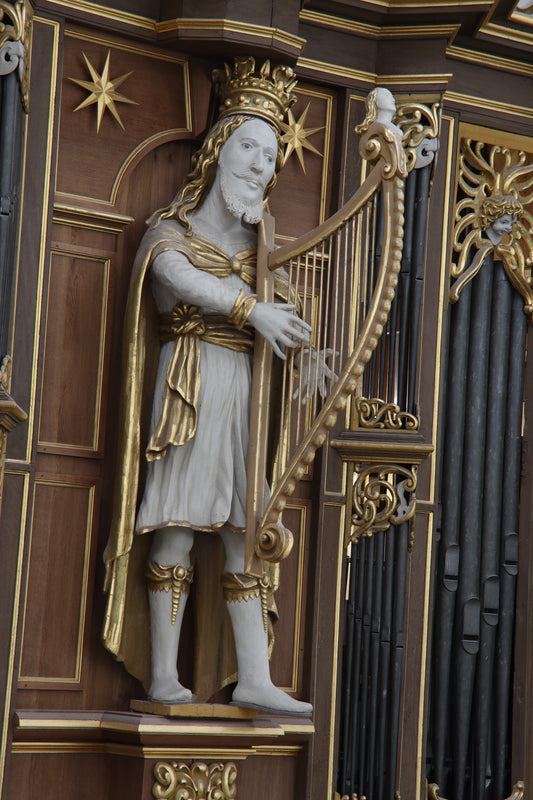
![Clavichord Model [Hauptwerk]](http://artful.shop/cdn/shop/files/ss_clavichord.jpg?v=1724310155&width=533)